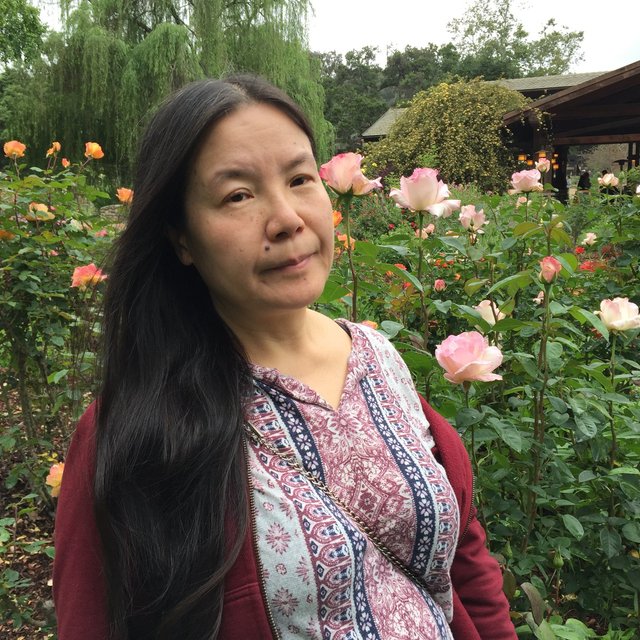
Designing a space-based galaxy redshift survey to probe dark energy
December 2010 • 2010MNRAS.409..737W
Abstract • A space-based galaxy redshift survey would have enormous power in constraining dark energy and testing general relativity, provided that its parameters are suitably optimized. We study viable space-based galaxy redshift surveys, exploring the dependence of the Dark Energy Task Force (DETF) figure-of-merit (FoM) on redshift accuracy, redshift range, survey area, target selection and forecast method. Fitting formulae are provided for convenience. We also consider the dependence on the information used: the full galaxy power spectrum P(k), P(k) marginalized over its shape, or just the Baryon Acoustic Oscillations (BAO). We find that the inclusion of growth rate information (extracted using redshift space distortion and galaxy clustering amplitude measurements) leads to a factor of ~3 improvement in the FoM, assuming general relativity is not modified. This inclusion partially compensates for the loss of information when only the BAO are used to give geometrical constraints, rather than using the full P(k) as a standard ruler. We find that a space-based galaxy redshift survey covering ~20000deg2 over with σz/(1 + z) <= 0.001 exploits a redshift range that is only easily accessible from space, extends to sufficiently low redshifts to allow both a vast 3D map of the universe using a single tracer population, and overlaps with ground-based surveys to enable robust modelling of systematic effects. We argue that these parameters are close to their optimal values given current instrumental and practical constraints.
Links
- SIMBAD https://simbad.u-strasbg.fr/simbad/sim-ref?querymethod=bib&simbo=on&submit=submit+bibcode&bibcode=2010MNRAS.409..737W
- PDF https://academic.oup.com/mnras/pdf-lookup/doi/10.1111/j.1365-2966.2010.17335.x
- PREPRINT http://arxiv.org/abs/1006.3517
- ELECTR https://doi.org/10.1111/j.1365-2966.2010.17335.x



